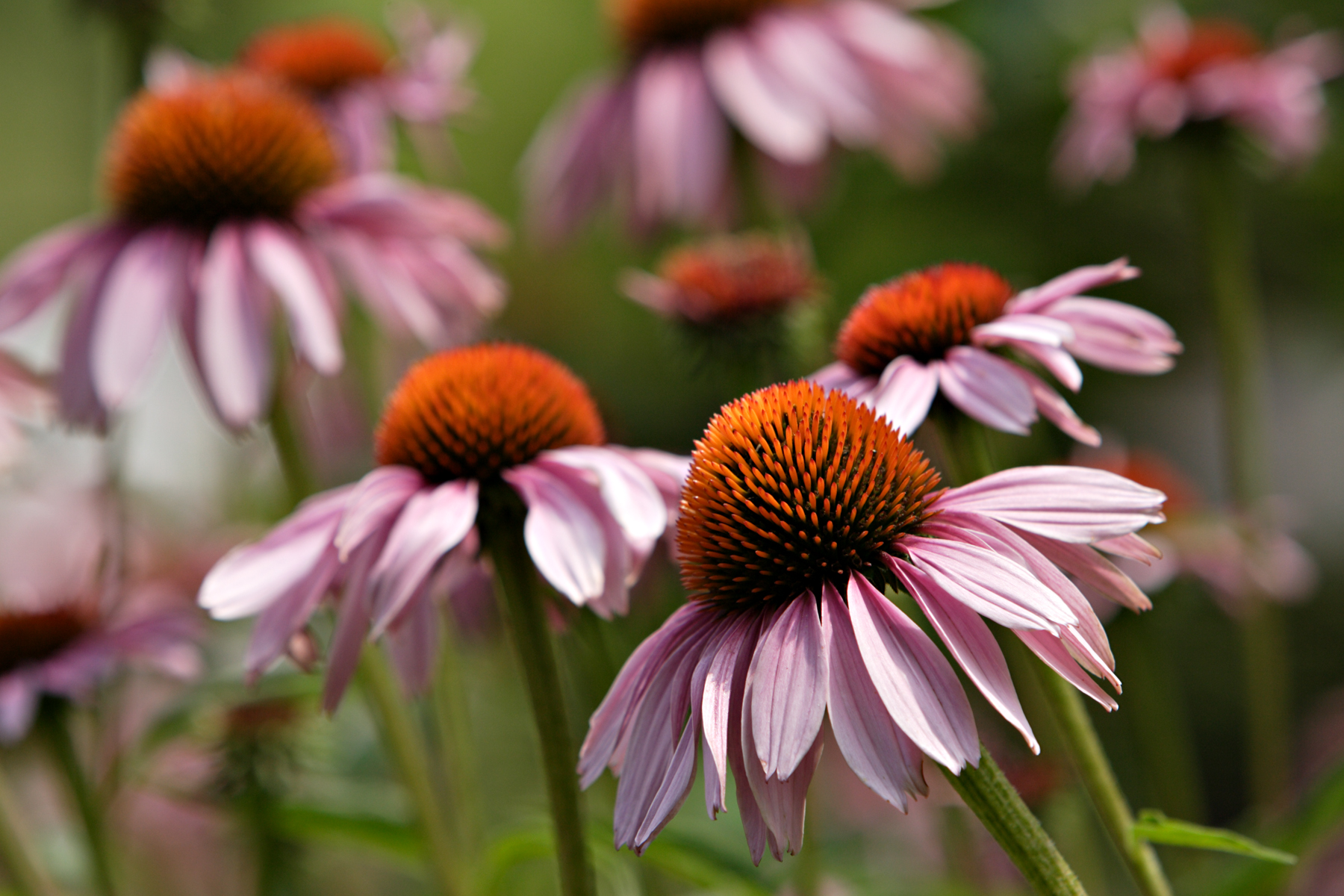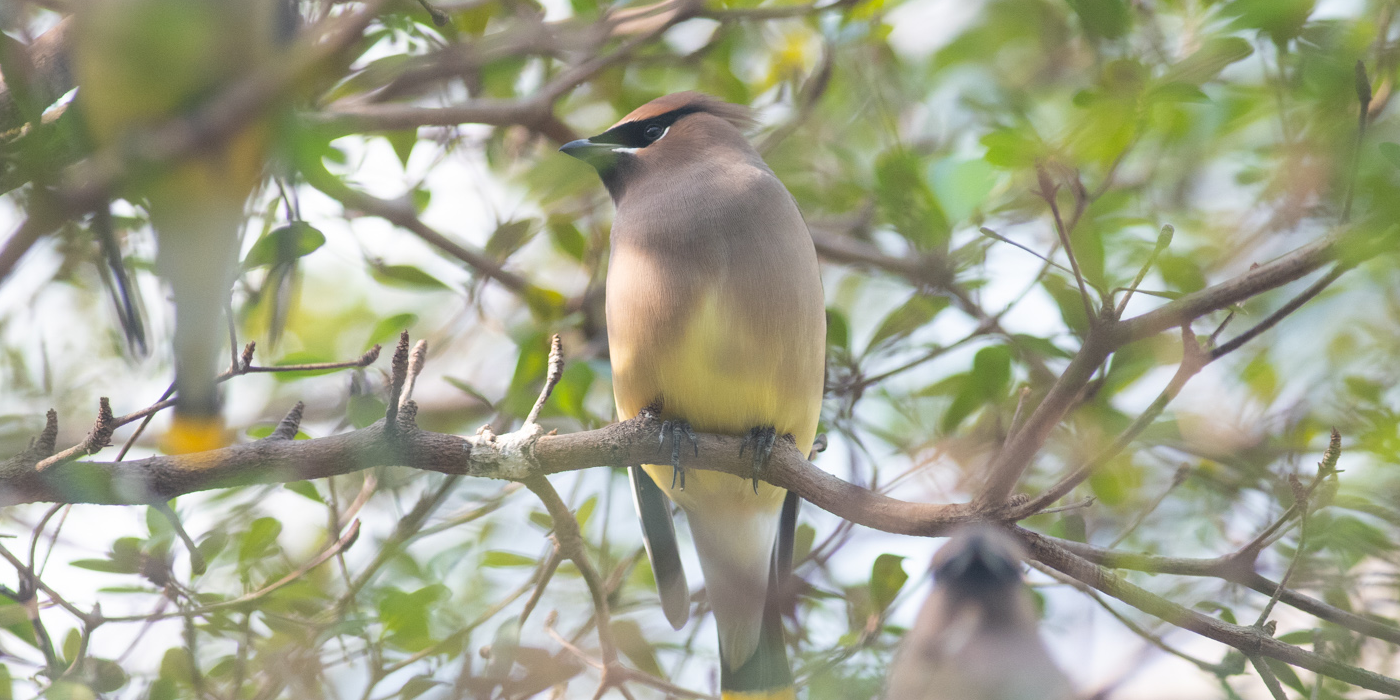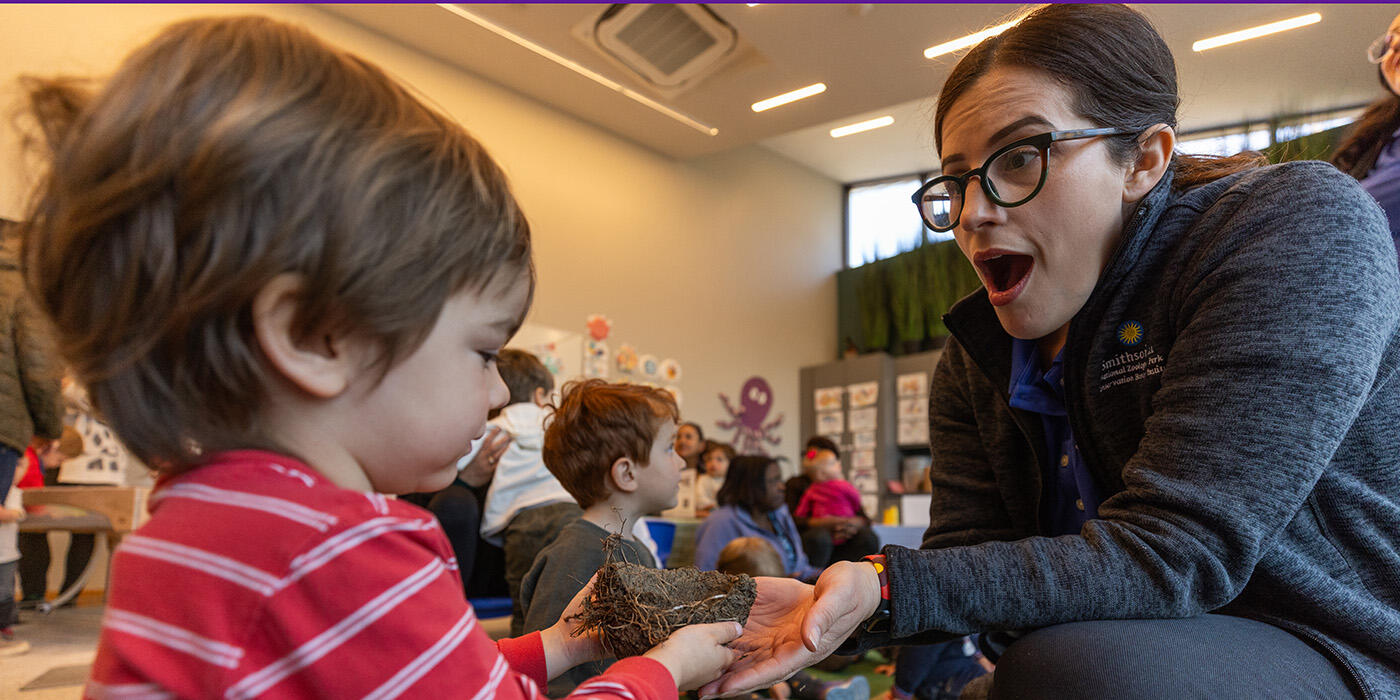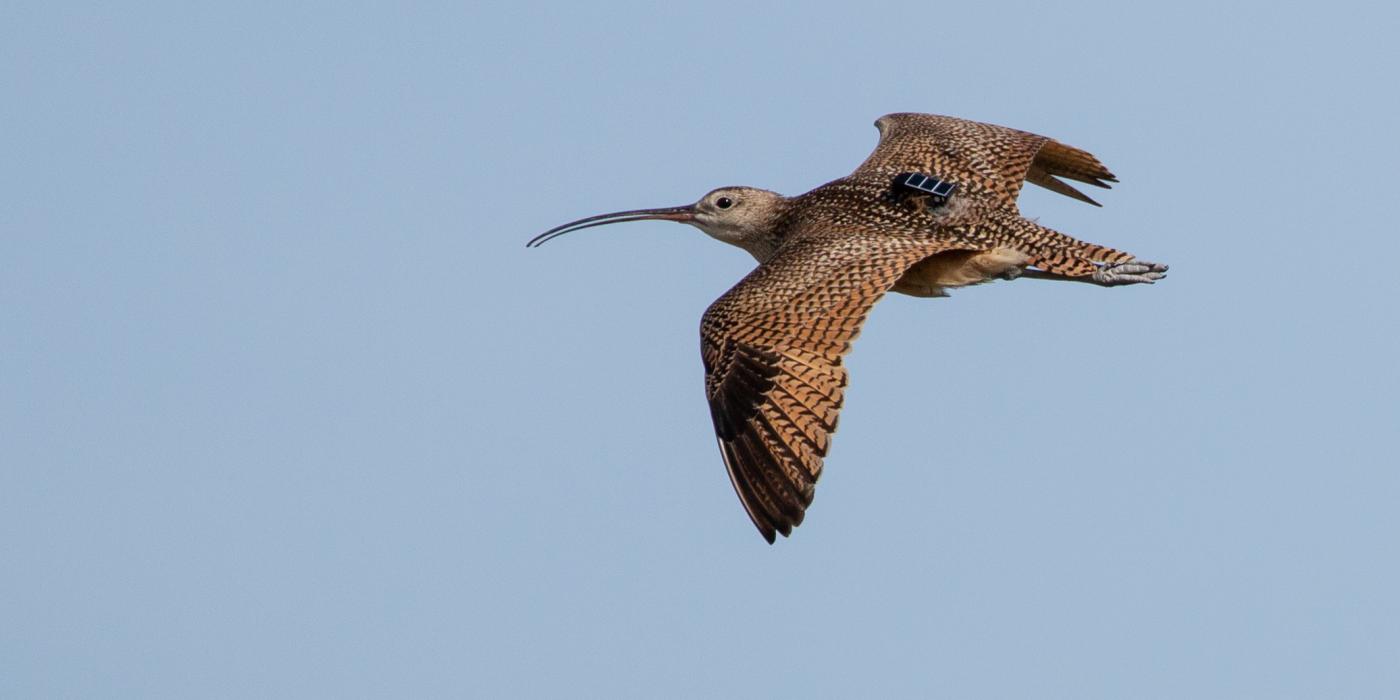The Hidden Architecture Behind a Wildlife-Friendly Garden at the Zoo

Reimagining a Zoo landscape — especially a historic one — is an opportunity that doesn’t come often.
So while the Zoo’s Bird House exhibit underwent a six-year renovation that culminated in a 2023 reopening, the construction teams set out to transform the landscape surrounding the exhibit.
Inspired by the Bird House’s message of protecting landscapes that support migratory birds, the team reimagined the space as an outdoor haven for native wildlife. Now, two years later, the garden is blossoming into a lush, relaxing space — one fully grounded in the science of bird conservation.
“Gardens aren’t their best at day one. It usually takes a few years to grow into themselves,” said Matt Sellers, the Zoo’s landscape architect. “But now, a lot of the native plant species are thriving.”
The Hidden Infrastructure of a Bird-Friendly Habitat
You won’t find many decorated houses or bird feeders at the garden — instead, wild birds get the most out of the space by foraging the seasonal fruits, seeds, and insects that are available year-round.
That’s because the Zoo’s horticulture teams were careful to create a functional space filled with native plants that support birds throughout the seasons. For example, downy serviceberry trees produce edible berries from late-spring to mid-summer, chokeberry bushes ripen in the fall, and American holly berries remain on branches well into the winter. The flowers, too, serve a dual purpose. Vibrant blooms of the purple coneflower and swamp sunflower attract butterflies and pollinators in the spring and summer; in the winter, the spent flowers produce nutrient-packed seeds that are happily plucked by foraging birds.

The summer blooms of the purple coneflower attract pollinator insects and wild birds. (Smithsonian/Meghan Murphy)
In addition to native plants, the team also prioritized infrastructure improvements that support environmental health. The team installed rainwater collection systems and dug bioretention basins — shallow dips in the ground filled with native grasses and sedges — to catch and absorb stormwater runoff during heavy rainfall. Letting stormwater soak back into the ground reduces erosion and filters pollutants before they can reach local waterways, like the Potomac River and Chesapeake Bay.
“One of the many successes for the garden is that particularly now that the plants are grown in, visitors might not realize they’re walking through a bioretention area. Hopefully when they walk through, it just feels like a regular garden,” said Sellers.
Another bird-friendly factor the Zoo team kept an eye on was the animals’ safety. One of the most significant causes of death in wild birds is window collisions. As architectural teams designed a glass façade at the Bird House entrance, Zoo staff took care to select glass with subtle patterns that make the surface more visible to a birds’ eye.
And perhaps the most cost-effective method for keeping migratory birds from fatal collisions in the garden? Turning off outdoor lights at night.
Read more: Bird-Safe Glass at the National Zoo from Wild Hope TV.
Birds Are Taking Notice
Many of the garden’s winged visitors are just passing through on their seasonal migrations. Even before the renovation project, the Zoo’s grounds have served as a temporary oasis for countless birds travelling between breeding and wintering grounds.
But in addition to providing safe passage for dozens of migratory species each year — like the colony of black-crowned night herons who visit the Zoo annually — the garden is also a refuge for local birds, like Northern cardinals, blue jays, and Carolina chickadees.
“We've seen the number and variety of birds in the garden increase almost exponentially for the last few years,” said Brian Evans, an ecologist at the Smithsonian’s Migratory Bird Center. What started with common backyard birds like house sparrows and American robins now includes rarer avians like Swainson’s thrushes, great crested flycatchers, indigo buntings and several species of warblers.
One native animal that Zoo visitors hopefully won’t notice in the garden? Deer. All along the perimeter, the landscape team installed fences to create an exclusion area for white-tailed deer, which are overpopulated in the Washington, D.C., region. “It might sound counterintuitive,” explained Sellers. “But when we prevent deer from completely eating all the plants and berries, a wider variety of animals can get a chance to benefit.”
Want to Help Birds in Your Own Backyard?
As human activities continue to threaten bird populations, gardens like this one are becoming part of a growing movement to integrate wildlife-friendly practices into human spaces. Many of the natural features you see outside the Bird House can applied to your own home or yard.
With just a few simple changes, you can make a difference for birds. Check out these tips from the Smithsonian’s Migratory Bird Center to learn how you can get started.
Not Just for Wildlife

Choosing the right native plants can help attract a wider variety of migratory bird species, like the cedar waxwing. (Smithsonian/Skip Brown)
Although the construction teams included plenty of features that support wildlife, the garden is also meant to be enjoyed by humans, too.
The garden is a living laboratory for science education, with direct ties to the Zoo’s conservation research efforts. Every Saturday morning, weather depending, visitors can watch live bird banding demonstrations, where Smithsonian scientists gently capture wild birds and affix bands to the animals before release. The bands allow researchers to identify and track birds over time to determine bird survival in this habitat – offering valuable information for scientists and a memorable experience for Zoo guests.
Sellers also pointed to architectural features intended to foster a relaxing environment for visitors. Pathways that curve and wind towards the Bird House entrance offer an opportunity for guests to take their time and explore the space. Benches are strategically oriented along an open lawn, inviting groups to stick around and relax on the grass. Newly-planted trees were envisioned to offer shade in the summer – although they still have some growing to do before they can offer full shade coverage of the nearby plaza.
“The level of preparation we made through the site has helped the plants really take off. I’m looking forward to the trees growing and providing more of the shade we envisioned…I think it’ll just get better over time,” said Sellers.
Want more Zoo updates? Sign up for the National Zoo News and get updates on animal care, zoo events, and conservation delivered straight to your inbox.



